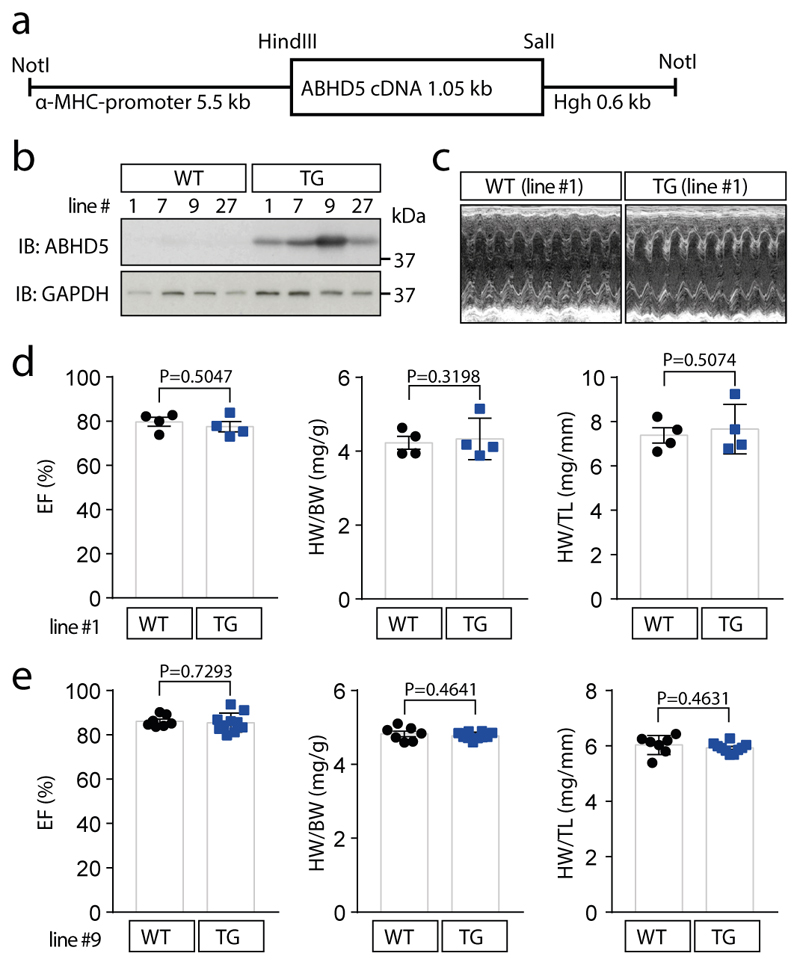Extended Data Fig. 5. Generation and baseline characterization of cardiac-specific ABHD5 transgenic mice (TG).
(a) Microinjected fragment of an expression plasmid containing hABHD5 cDNA flanked by α-MHC promoter and human growth hormone (hGH) poly-A (+) signal. (b) Cardiac overexpression of ABHD5 in mice of 4 different transgenic lines as compared to wild type littermates (WT) from the same lines was evaluated by immunoblotting analysis using an anti-ABHD5 antibody. (c–e) Baseline characterization of transgenic mice. (c) Representative echocardiography of a mouse from transgenic line #1 as compared to a WT littermate. The data in b are representative for 4 different mouse lines and the data in c are representative for 4 mice from line # 1 as well as 7 (WT) and 10 (TG) mice from line #9. (d) Quantification of ejection fraction (EF), heart weight/body weight ratio (HW/BW), heart weight/tibia length ratio (HW/TL) in WT littermates (n=4) and transgenic mice from line #1 (n=4) (e) and in WT littermates (n=7) and transgenic mice from line #9 (n=10, TG). (d, e) Statistical analysis: Values are presented as Mean±SEM; by unpaired two tailed t-test, P<0.05 considered as significant. ‘n’ represents mice per indicated group

